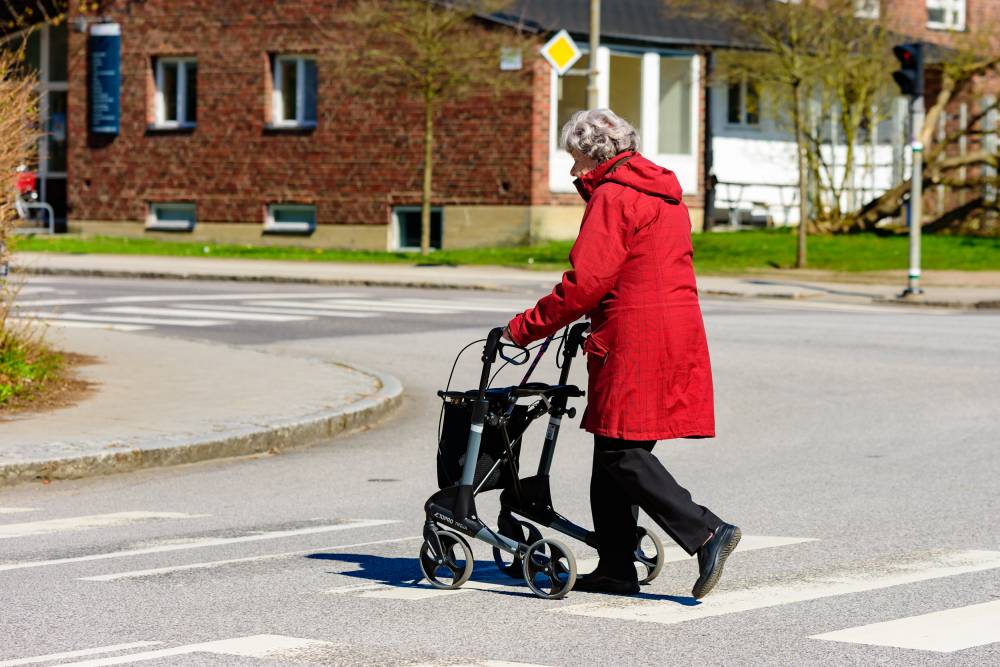
Statistics reveal older pedestrians are particularly at risk of becoming the victim of traffic accidents, leading Victoria’s peak body for older people to recommend they begin wearing bright or hi-vis clothing as a safety precaution.
Shocking data reveals that one-third of the 400 pedestrians who lost their lives on Victorian roads over the last 10 years were over the age of 70.
The startling trend has prompted Council on the Ageing Victoria (COTA) to issue some practical, if slightly controversial, recommendations for older walkers.
COTA Victoria has released 10 ‘Pedestrian safety tips’ to encourage safe practices for older people when they are out and about.
But the recommendation to wear “reflective” and “brightly coloured” clothing has sparked debate about whether the practice would erode the dignity of older people, labelling them as less capable than others in the community.
COTA Victoria’s chief executive officer, Tina Hogarth-Clarke, told HelloCare it is important older people feel confident when they are out the community.
“COTA Victoria is very concerned about the over representation of older Victorians in the pedestrian road toll,” she said.
“We want older Victorians to feel confident to go out and about in the community and feel safe when they do so.”
Ms Hogarth-Clarke said there was also a responsibility on the government to “make the streets safer and accessible for older Victorians”.
But she said, “It is our role to… help build confidence through awareness and taking active steps to ensure people’s safety in whatever environment they find themselves in, and this may include wearing bright and hi-vis clothing.”
Of course, many people, especially runners and cyclists, are already wearing bright, hi-vis or reflective clothing to keep safe on the roads, especially when they are on the streets at night.
Encouraging older people to follow suit is surely practical – and may even save lives.
COTA Victoria recommends older pedestrians to:
What do you think: is it a good idea for older pedestrians to wear bright or hi-vis clothing when they are out and about, or would that unfairly stigmatise them?